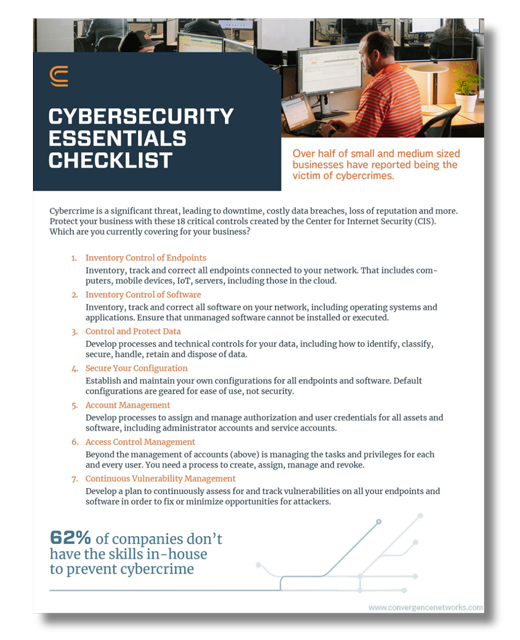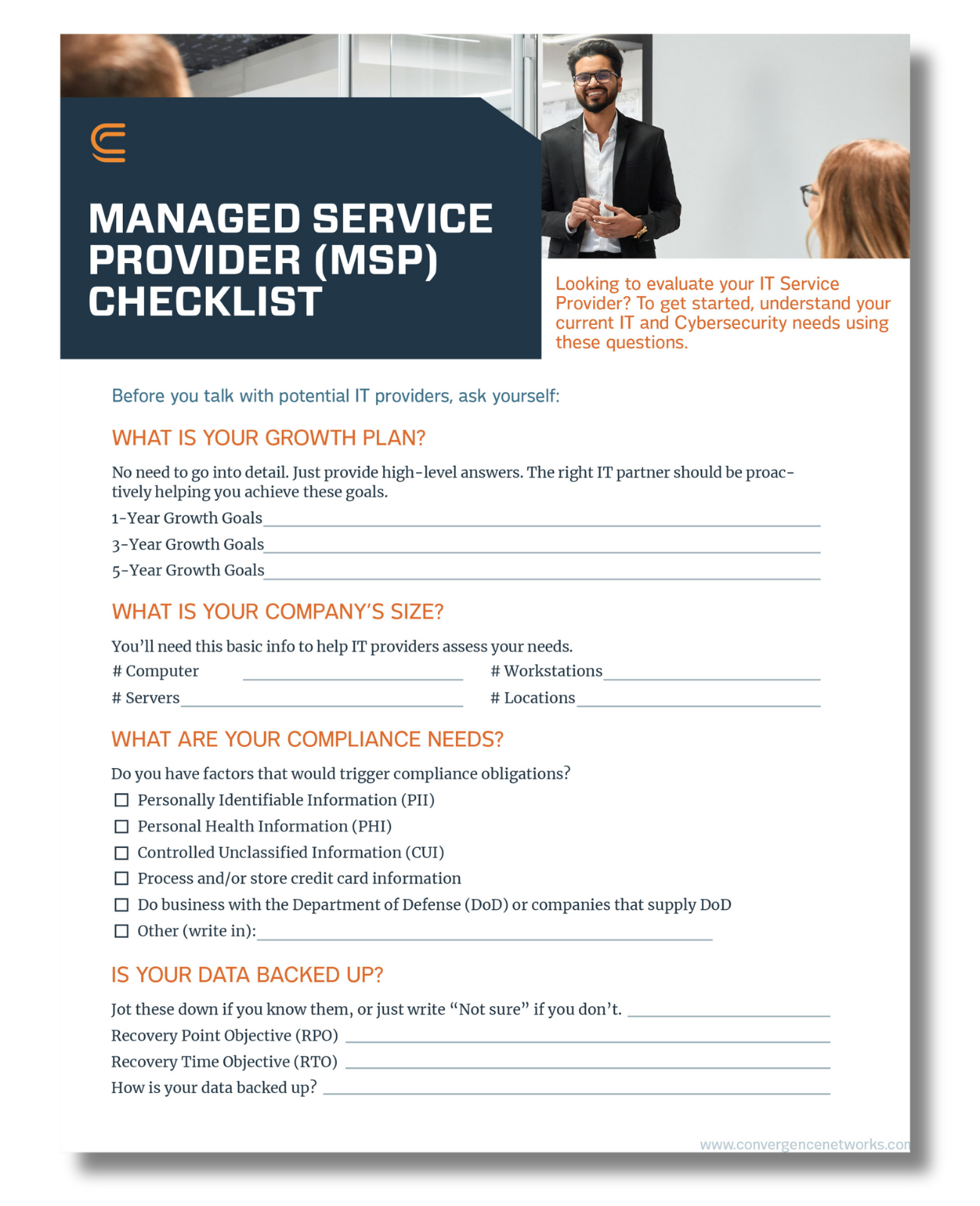Cybersecurity threats are continuously evolving and with criminals taking advantage of vulnerabilities within web applications, APIs, human error, and security gaps, businesses need to be proactive and address any holes and flaws in their security infrastructure and cybersecurity plan.
One way to do this is by conducting a Penetration test. A Penetration test, also known as pen testing, is an authorized simulated attack (or a cyber-attack) against a company’s IT infrastructure. It is intended to identify and exploit vulnerabilities to meet a set objective which can vary depending on the requirements, such as gaining access to a restricted network/system or compromising the entire network. The end goal of a penetration test is to improve the overall security posture of an organization through result driven insight and recommendations.
With cybercrime costing businesses more than $6.9 billion in 2021, and with businesses suffering 50% more cyberattack attempts per week in 2021– all businesses, no matter what size, should look to do anything possible to refrain from being subject to an attack. By performing regular penetration tests, businesses can safeguard their systems and protect sensitive data from unauthorized access, and ultimately a data breach or security incident.
Reasons Businesses Should Conduct Regular Penetration Tests
- Understand Your Businesses Current Security Posture – a penetration tester will simulate a cyber attack by attempting to hack into your systems and identify any vulnerabilities in your system. Some penetration testers will also address social human errors and attempt to interact with users to facilitate the completion of certain tasks through phishing, telephone calls, or even in person. By conducting these attacks, pen testers will be able to identify weak links, and gaps in your businesses cybersecurity policies and will recommend remediations to help you address them before a cybercriminal takes advantage and breaks into your systems.
- Meet Industry Compliance Regulations –Industry regulations and standards require businesses to conduct regular penetration tests. This is especially true for industries such as healthcare, finance or companies that process credit cards. Fulfill your industry compliance objectives including PCI DSS, SOC2, ISO27001 and meet your industry obligations.
- Ensure Your Configurations are Functioning Properly – By testing configurations with a penetration test, vulnerabilities such as weak spots in your system, unpatched software, open ports, and other security misconfigurations that attackers could take advantage of and gain access to can be found ahead of time and addressed to keep your data safe.
- Keep Your Customers Data Safe – You have an obligation to keep your customers data safe. Help build trust with them by performing regular penetration tests.
Another thing to keep in mind is that while currently cyber insurance policies do not require businesses to conduct regular penetration tests, it is very plausible this could be required soon.
Ultimately, penetration testing can help prevent costly data breaches, protect your company’s reputation, and keep your business secure. Penetration tests are not a one-and-done solution. In fact, they should be executed regularly to ensure you are continuously finding vulnerabilities and “open doors” into your system before the criminals do. Cybersecurity is constantly evolving and that means your program needs to evolve too.
Interested in a getting a penetration test completed but not sure what type are available? At Convergence, our team of experts conducts five types of penetration tests.
Types of Penetration Tests
External Penetration Test – Focuses on the IT infrastructure that can be accessed from outside of the organization’s network. This type of penetration test allows an organization to understand if and how an attacker can gain access to the internal network from the outside.
Internal Penetration Test– Focuses on the IT infrastructure that can only be accessed usually from within an organization’s corporate network. This type of penetration allows an organization to understand what an attack can do within the network once they’ve broken through external defenses.
Wireless Penetration Test – Focuses on an organization’s WLAN (wireless local area network) to help identify weaknesses in wireless access points, rogue access points, and an attacker’s ability to identify and examine the connections between devices connected to the WLAN.
Social Engineering Penetration Test – Focuses on the human aspect of cybersecurity by attempting to bypass security controls through social engineering techniques. These tests seek to assess the security controls and responsiveness of the company’s staff to improve the overall awareness of staff and the effectiveness of the security tools in place.
Physical Penetration Test – This test focuses on simulating a malicious outsider’s ability to compromise a organization’s physical security controls to gain access to the inside of the buildings, infrastructure, systems, and employees. This also includes gaining access to sensitive information/resources though physical interactions, and often involves aspects of Social Engineering.
You can learn more about our network penetration testing here. If you are interested in requesting a penetration test with one of our certified experts, contact us. We will help uncover the vulnerabilities in your network, build a remediation plan and work with you to address your security gaps to protect your business.














